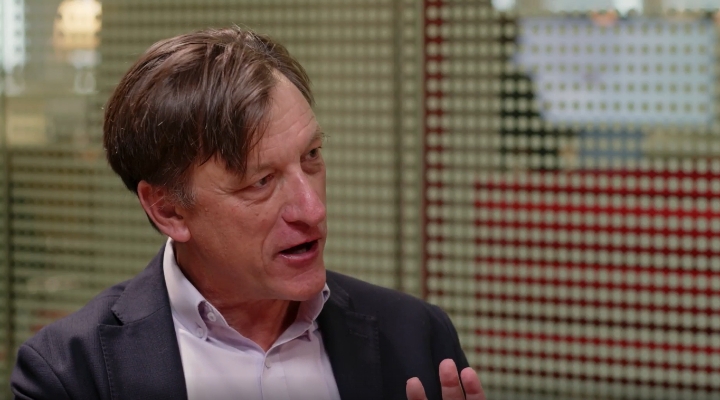India has been a bright spot for emerging market investors this year. Thanks to its domestically focused economy it less sensitive to global growth concerns, plus it has undergone positive structural reforms led by Prime Minister Narendra Modi.
And Morningstar readers are cottoning on to these attributes. In October and November, the Bronze Rated Jupiter India fund has been among the top 10 most popular hit list on Morningstar.co.uk. The fund has gained 22.6% year to date and it has an impressive long term performance.
Morningstar fund analysts have a high opinion of the research-intensive approach applied on the fund, which can be best described as growth at a reasonable price. Analysts rate the Jupiter fund manager Avinash Vazirani highly, due to his 20 years’ experience investing in the Indian equity market.
Morningstar analyst Lena Tsymbaluk said that the manager aims to identify under-researched stocks with strong growth prospects that have not been priced fully by the market. But she warns that investors should be aware that the fund’s large bias towards small- and mid-cap stocks leads to a more volatile performance profile than the average peer.
How Will a Trump Presidency Impact India?
Speaking about the recent election of Donald Trump in the US, Vazirani admits that there have been some short-term outflows from emerging markets. But data from Morningstar Direct showed that India Equity funds have recorded £37 million inflows year to date.
The US election has produced short-term dislocations in the India equity market, said Jonathan Schiessl, chief investment officer at Ashburton Investments International. India’s companies which are more export focused have been underperforming for some time under Trump fears, but the giant Indian techology exporters are particularly caught in the cross hairs, he added.
Rob Marshall-Lee from Newton Investment Management was more sanguine however, saying US policy has a limited effect on India’s fortunes.
“India is a more internally-driven economy than its peers in emerging markets; exports only represent 12% of its GDP and exports to the US represent less than 5% of its GDP,” said Marshall-Lee.
India pushed through far-reaching structural reforms this year, with Prime Minister Modi working with opposition politicians to introduce a new bankruptcy law and an upcoming Goods and Services tax implementation.
Aimed at replacing a plethora of indirect taxes into a single tax, this has also has a huge implication on India’s economy and will radically improve the efficiency of all levels of business in India, said Jupiter’s Vazirani.
In November Modi announced that higher-denomination currency notes of 500-rupee and 1,000-rupee, would no longer be legal tender. This is causing problems given India is a predominantly cash economy, but has paved the way for anti-corruption reform that would ultimately be positive for the economy and the stock market in the long term.
Vazirani adds that the main beneficiaries of this de-monetisation will be public sector banks.
“They are currently taking in a lot of money, and they should also profit from lower yields as they hold lots of bonds on their books,” he said.
India Remains a Long Term Growth Story
India’s economy grew by 7.9% in the first quarter and 7.1% in the second quarter of this year. In 2015, India’s economy grew by 7.2% , a pace that exceeded even that of China, making it the fastest growing economy in the world.
India has managed to achieve high levels of growth on the back of robust private consumption instead of government spending and rising debt levels, said Joep Huntjens, lead portfolio manager of Asian debt hard currency and emerging market corporate debt at NN Investment Partners.
While the business-friendly government by Prime Minister Modi is speeding up the pace of India’s development, the demographic picture makes India a unique investment story, according to Vazirani.
“India has a population of 1.3 billion, which accounts for nearly a fifth of the people on earth. As well as being huge, it is also remarkably young. While developed nations struggle with ageing citizens, the majority of Indians are under 35 and the median age is 27. And while its society and economy are developing fast, India is still a long way behind the West on its development path,” said Vazirani.































